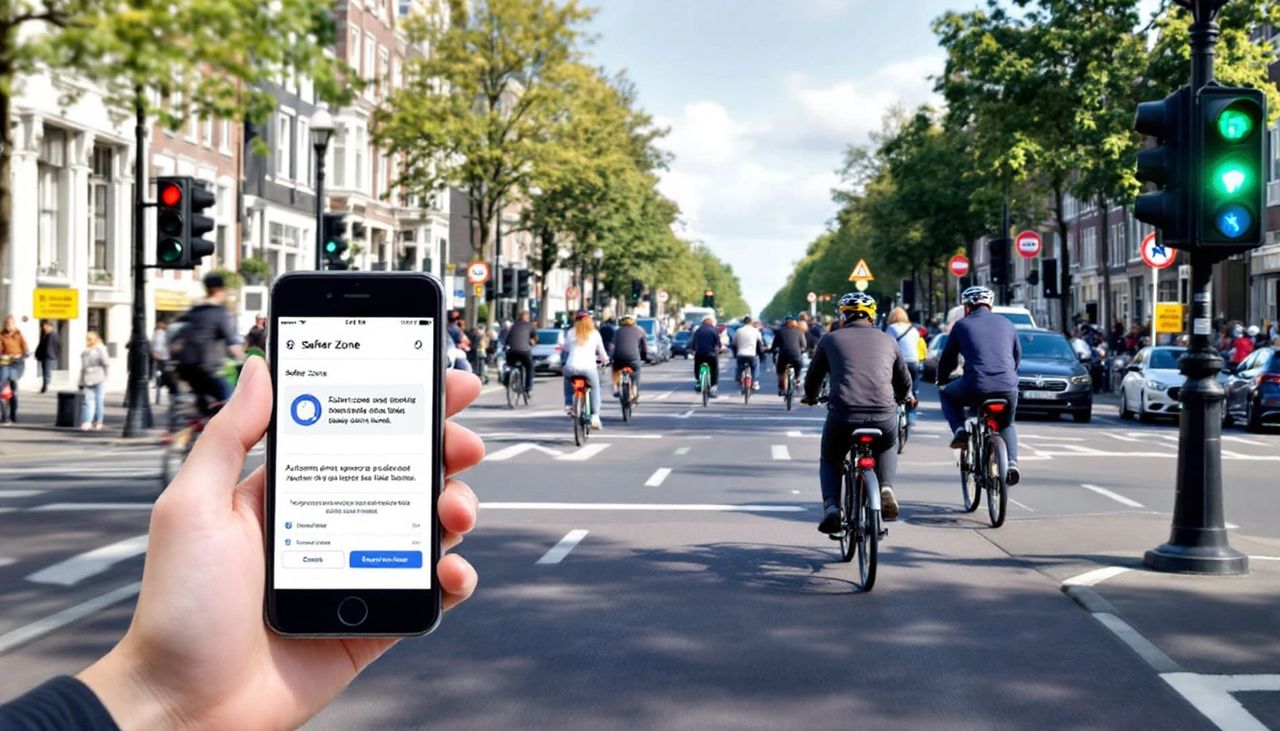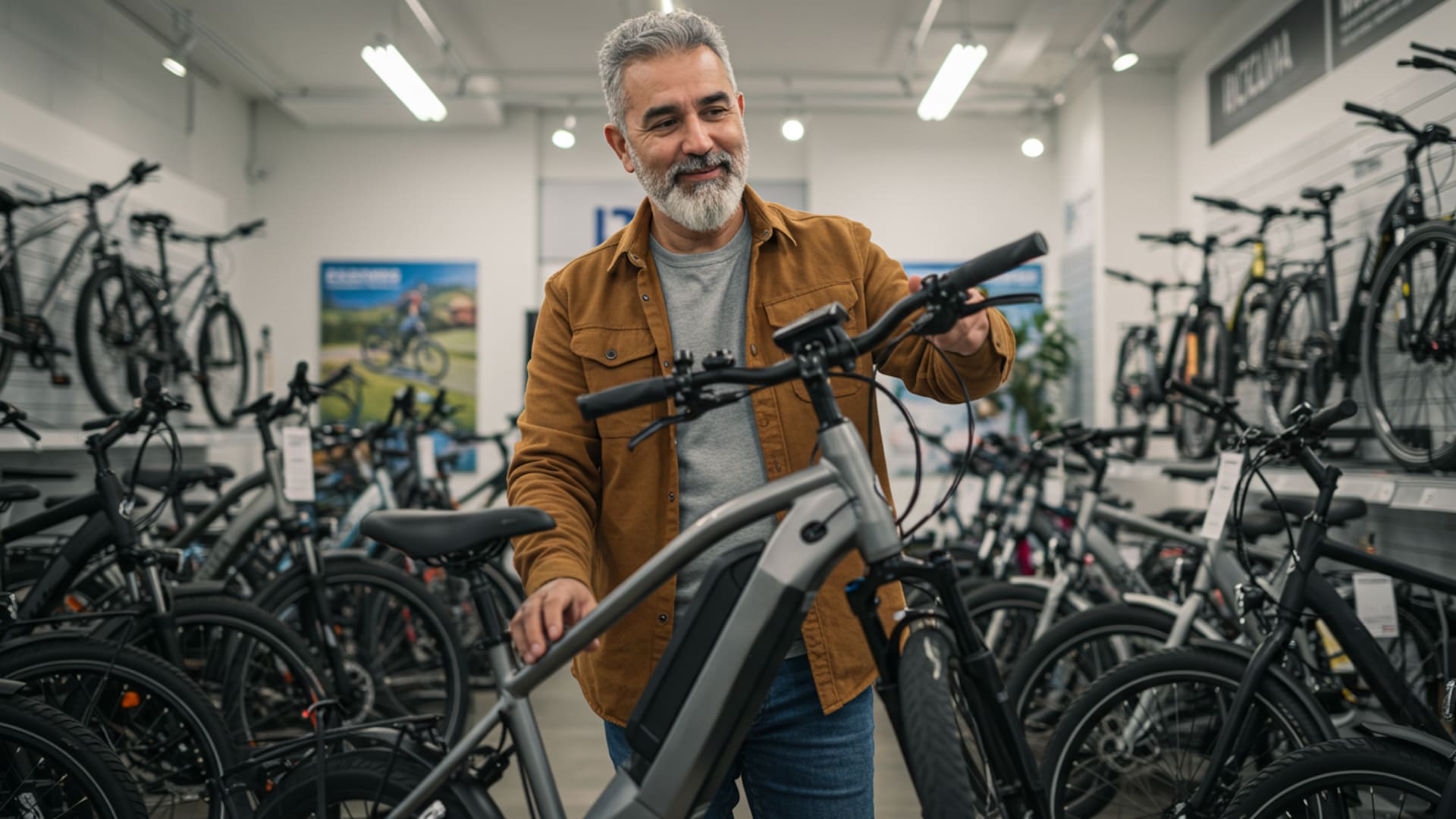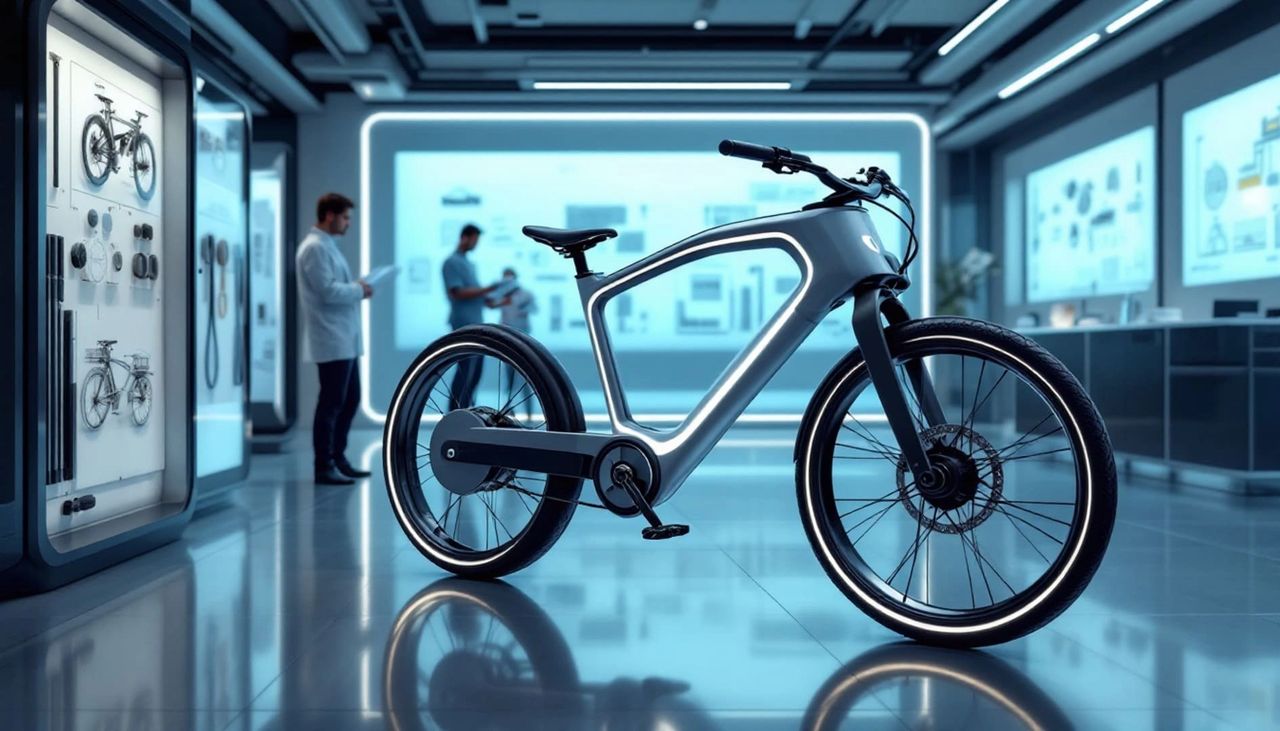With more e-bikes hitting city streets every year, one question looms large: where do you park them? While much attention has been paid to lanes and safety infrastructure, secure and accessible parking is quickly becoming one of the most pressing issues for e-bike commuters and city planners alike.
Unlike traditional bikes, e-bikes are heavier, more expensive, and often include electronic components that make them more vulnerable to theft or weather damage. Riders need parking solutions that are not only secure but also convenient—and scalable.
Some cities are starting to experiment with dedicated e-bike parking zones equipped with charging capabilities. These “mobility hubs” are being rolled out in pilot programs from Los Angeles to Chicago, often funded through public-private partnerships. Bikeep, a company specializing in smart bike racks, offers secure stations that lock the frame and wheels and can be accessed via smartphone. Their systems are already in use in Europe and expanding into U.S. markets.
Urban employers are also stepping in. Office buildings and campuses are beginning to provide secure, covered parking for employees who ride. Companies like CycleSafe offer modular bike lockers specifically designed for e-bikes, including features such as durable materials, weather protection, and optional charging capabilities. Their ProPark models are already being used in transit stations, universities, and corporate campuses across the U.S., helping to integrate micromobility into the daily commute.
Meanwhile, forward-thinking mobility platforms are partnering with businesses to create parking networks across commercial districts. Lime, best known for its scooter and bike-sharing programs, is working with local governments to pilot designated e-bike drop zones that help reduce sidewalk clutter and improve urban flow. These zones are often combined with signage and education campaigns to encourage proper parking etiquette.
Ultimately, solving the e-bike parking challenge requires the same kind of investment and planning that cities have long devoted to car parking. As the micromobility shift continues, urban design must evolve to support not just how people move—but where they safely stop.








Leave a Reply